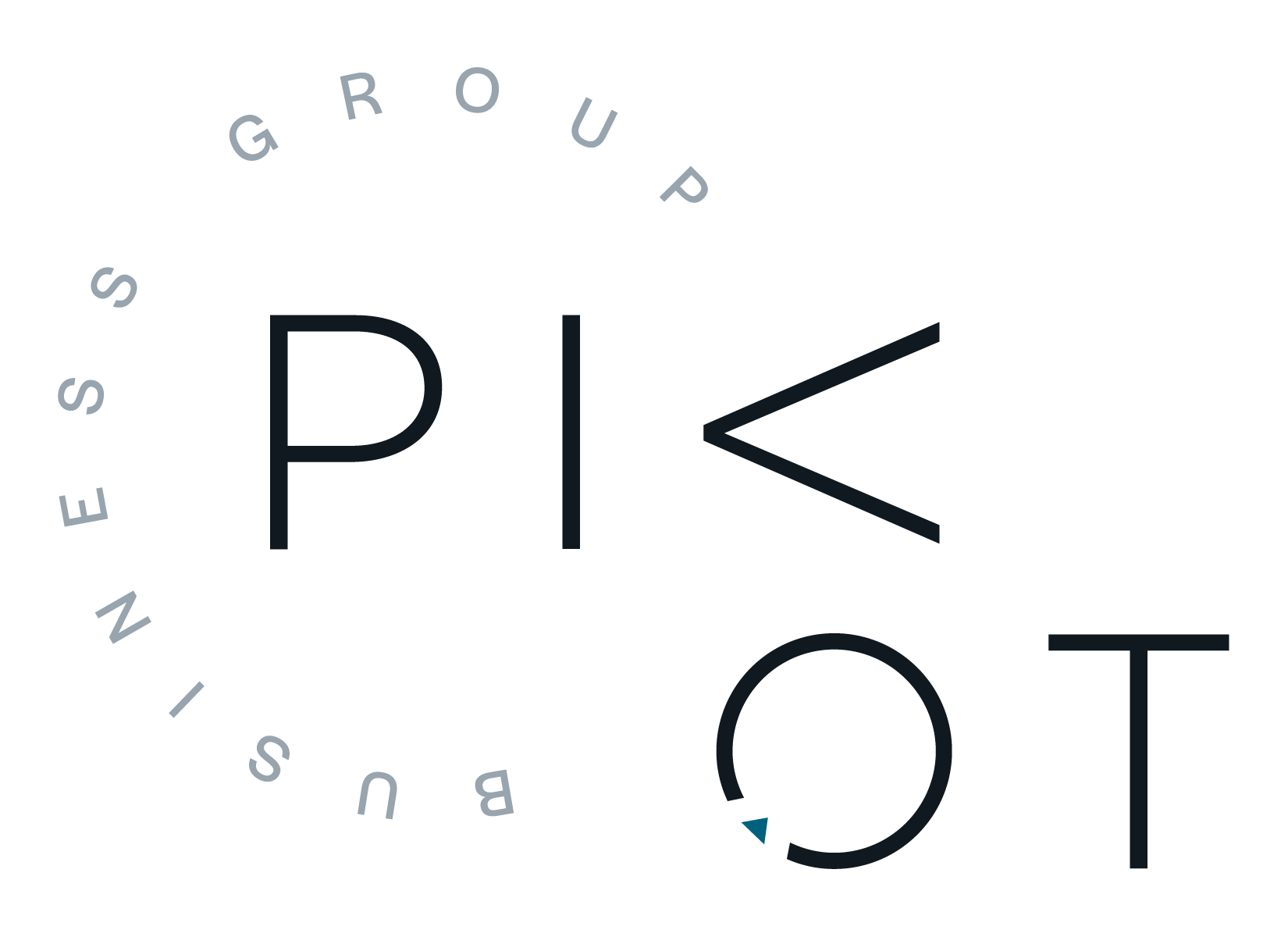Unveiling the Magic of Balance Sheets
In the intricate dance of business finance, understanding the nuances of a Balance Sheet is like mastering the art of choreography. The Balance Sheet, often considered the financial heartbeat of a company, provides a comprehensive snapshot of its financial position at a specific point in time.
What is a Balance Sheet? At its essence, a Balance Sheet is a financial statement that presents a company's financial position by showcasing its assets, liabilities, and shareholders' equity. It's a snapshot frozen in time, providing a glimpse into the business's financial health.🏦 The Balance Sheet: where assets meet liabilities and equity in a financial symphony.
What Does it Include? A Balance Sheet is divided into three main sections:Assets: This section lists everything the company owns, including cash, accounts receivable, inventory, and tangible assets like property and equipment.Liabilities: Liabilities represent the company's obligations, such as loans, accounts payable, and accrued expenses.Equity: Equity is the residual interest in the assets after deducting liabilities. It includes the initial investment by shareholders and any retained earnings.💼 Assets = Liabilities + Equity: The financial equation that keeps the business in balance.
Why Regular Consultation Matters: Regularly reviewing the Balance Sheet, preferably on a monthly basis, is akin to taking your business's financial pulse. Here's why it's paramount:Financial Health Check: A Balance Sheet provides an instant snapshot of your business's financial health. Regular check-ins ensure you're aware of any red flags or areas that may need attention.🩺 A healthy balance sheet is the foundation of a financially robust business.Creditworthiness and Investment Attractiveness: Lenders, investors, and potential partners often scrutinize the Balance Sheet. A strong, well-managed Balance Sheet enhances your creditworthiness and makes your business more attractive to investors.💳 A strong balance sheet opens doors to financial opportunities.Strategic Planning: Understanding your assets and liabilities empowers strategic planning. It helps you make informed decisions about investments, expansions, or debt management.🗺️ Navigate business strategies with a clear understanding of your financial landscape.Performance Evaluation: Over time, comparing Balance Sheets allows you to evaluate the performance and growth of your business. It's a dynamic tool for assessing the effectiveness of your financial strategies.📈 Track progress and watch your business evolve into a financial powerhouse.
The Balance Sheet is not just a financial document; it's the canvas on which the financial portrait of your business is painted. Regular check-ins empower business owners to make informed decisions, attract investments, and ensure the sustained health of their enterprise. So, embrace the Balance Sheet as your financial masterpiece, guiding your business to new heights of financial success and stability. 🚀
